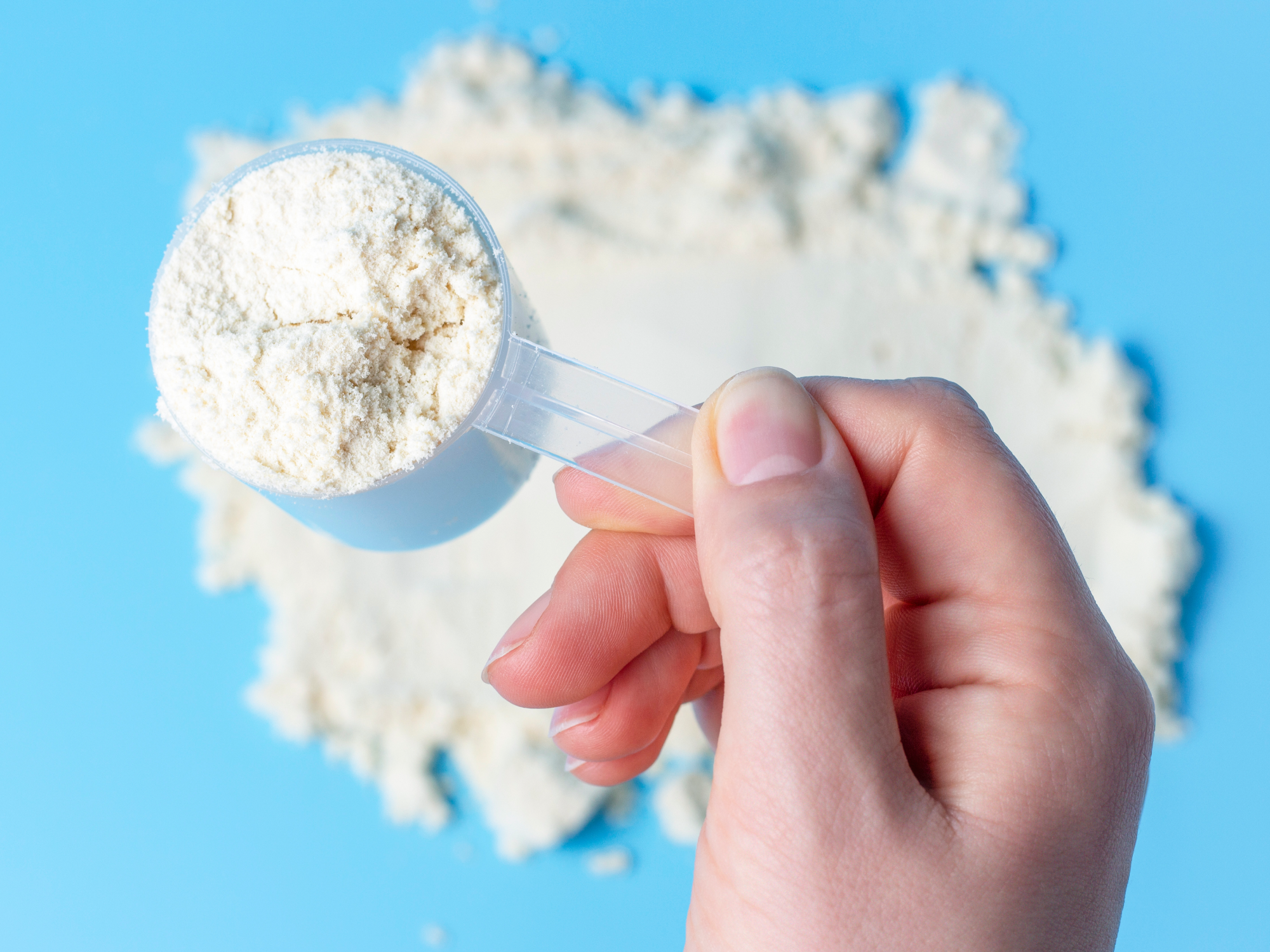You've been getting eight hours of sleep, eating regularly, and managing stress, yet you still feel completely drained by 2 p.m. every day. You reach for another cup of coffee, wondering why your energy tank feels perpetually empty. While occasional fatigue is normal, persistent exhaustion could signal something more serious: iron deficiency.
November 26th marks Iron Deficiency Day, highlighting one of the world's most common nutritional deficiency issues. Iron produces hemoglobin, the protein that carries oxygen throughout your body. When levels drop, your tissues don't get adequate oxygen, triggering fatigue symptoms that significantly impact energy levels and overall wellness tracking.
The challenge? Early signs often masquerade as everyday stress effects. Many people dismiss these warnings until the nutritional deficiency becomes severe. Here are five critical signs your body may be sending about your blood health and the importance of health monitoring.
1. Extreme and Persistent Fatigue
This isn't your typical end-of-day tiredness. It's a bone-deep exhaustion that doesn't improve with rest. You might struggle with routine tasks that never challenged you before, or feel winded climbing a single flight of stairs.
Why it happens: With low iron, your tissues receive less oxygen, forcing your body to work harder for basic functions. Think of running a high-performance engine on low-grade fuel—everything becomes more difficult.
Unlike normal fatigue that improves with sleep, iron deficiency exhaustion persists even after adequate rest and interferes with work, relationships, and daily activities.
2. Cold Hands and Feet
Are you constantly reaching for gloves and warm socks when others seem comfortable? Perpetually cold extremities signal potential iron deficiency. When red blood cell production is compromised, your body prioritizes oxygen delivery to vital organs, leaving hands and feet receiving less warm, oxygenated blood [2].
Your extremities may feel cold to the touch, appear pale, or have a bluish tint. Some experience numbness or tingling. This becomes particularly noticeable during temperature changes or when sitting still for extended periods.
3. Brittle Nails and Hair Changes
Did you know your hair and nails serve as health indicators? They often show iron deficiency before other symptoms appear. Low iron affects keratin production, the protein that gives hair and nails strength.
What to watch for: Hair becoming thinner, more brittle, or falling out excessively. Nails may weaken, crack easily, or, in severe cases, develop a distinctive "spoon-shaped" appearance where they curve inward [3].
These changes occur because iron-deficient blood can't deliver adequate nutrients to hair follicles and nail beds.
4. Unusual Cravings (Pica)
One of the most surprising symptoms: craving non-food items like ice, dirt, clay, or cornstarch. While scientists don't fully understand why iron deficiency triggers these urges, the connection is well-documented in medical literature [4].
Most common: Ice cravings. If you find yourself constantly crunching ice cubes or feeling irresistible urges to chew ice, consider discussing this with your doctor, especially if this is new behavior. These cravings typically disappear once iron levels normalize [5].
5. Pale Skin and Shortness of Breath
When your body lacks iron for adequate red blood cell production, two related symptoms emerge: noticeably pale skin and shortness of breath during everyday activities.
Check for paleness: Face, lips, gums, and inner eyelids. People with darker skin tones can assess these areas specifically rather than overall complexion [1].
Breathing difficulties: Your heart works harder to pump oxygen-poor blood, causing breathlessness after previously manageable activities like stair climbing or carrying groceries.
When to See a Doctor
Experiencing any combination of these symptoms for several weeks? Consult a healthcare provider. Don't self-treat with over-the-counter iron supplements—excess iron can cause serious complications.
A simple blood test determines iron levels and hemoglobin count. Your doctor can develop appropriate treatment if needed, potentially including prescription supplements, dietary changes, or investigating underlying causes.
Early detection prevents serious complications and helps restore energy and well-being much faster.
Monitor Your Wellness
Modern technology makes health monitoring between medical visits easier than ever. The Ruby app uses fingernail selfie technology to help estimate the likelihood of iron deficiency, providing convenient wellness tracking over time.
Ruby serves as a wellness companion designed to complement, not replace, regular medical care. It helps you recognize when to consult your healthcare provider about iron levels.
Iron Deficiency Day reminds us that recognizing these signs early prevents serious complications. Don't ignore persistent symptoms—your body will thank you.
Click here to download the app via the iOS or Android app stores.
References
[1] Parsemus Foundation. "Iron Deficiency." https://www.parsemus.org/project/iron-deficiency/
[2] Piedmont Healthcare. "5 Symptoms of an Iron Deficiency." https://www.piedmont.org/living-real-change/5-symptoms-of-an-iron-deficiency
[3] GoodRx. "Iron Deficiency Anemia." https://www.goodrx.com/conditions/anemia/iron-deficiency-anemia
[4] Genesis OB/GYN. "5 Weird Signs of Iron Deficiency." https://genesisobgyn.net/5-weird-signs-of-iron-deficiency/
[5] Everyday Health. "Unusual Signs of Iron Deficiency." https://www.everydayhealth.com/news/unusual-signs-iron-deficiency/





Leave a comment
This site is protected by hCaptcha and the hCaptcha Privacy Policy and Terms of Service apply.